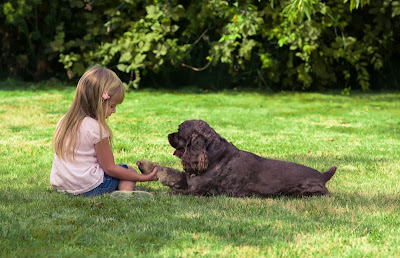Stereotypes and Breeds of Dog

Photo: dezi / Shutterstock Can social psychological theories of stereotypes about people also explain people’s attitudes and stereotypes of different breeds of dog? By Zazie Todd, PhD That’s the fascinating question posed in a new study by Tracey Clarke, Jonathan Cooper and Daniel Mills of the University of Lincoln. Some jurisdictions have breed-specific legislation that bans particular breeds of dog , usually those of pit bull type. This includes the UK, where this study took place. Stories of attacks by this kind of dog also often get significant media attention. One question behind this research is whether people’s beliefs about certain breeds of dog are influenced by stereotypes. The “contact hypothesis” is a well-known and well-tested idea in social psychology. It says that our attitudes towards other groups of people – such as those of a different race to ourselves – are influenced by contact with that group. In particular, if people have positive contact...




